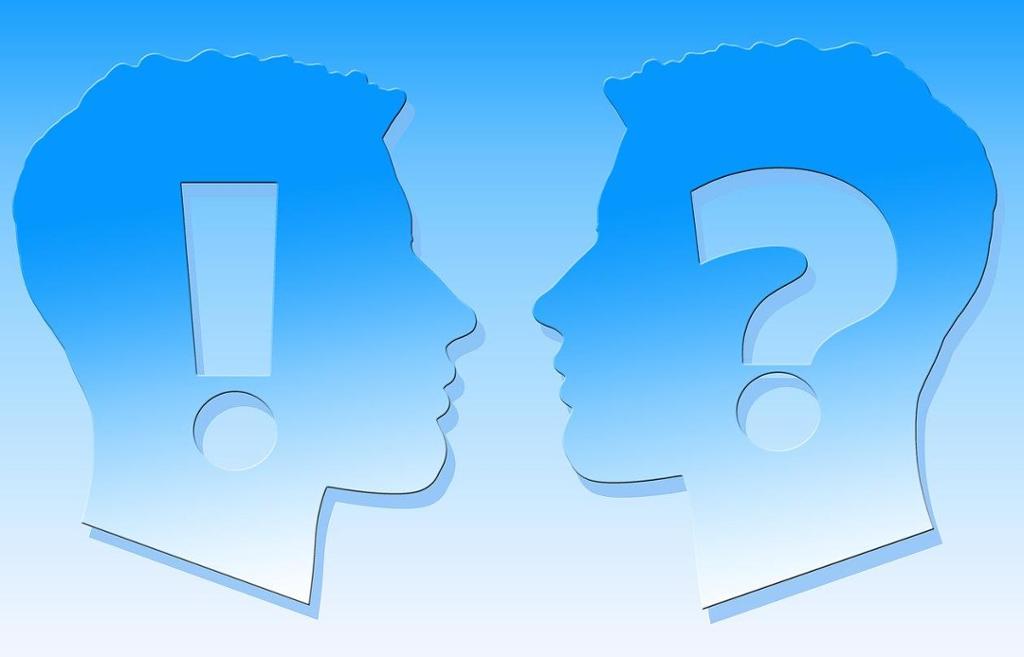Participating in the Public Debate

Open debate and the exchange of different views is the bedrock of a strong democracy, and people living in democracies are encouraged to participate in the public debate. Free speech is a democratic right embedded in the constitutions of democratic countries. It is also a human right, and this is made explicit in Article 19 of the Declaration of Human Rights:
Everyone has the right to freedom of opinion and expression; this right includes freedom to hold opinions without interference and to seek, receive and impart information and ideas through any media and regardless of frontiers.
Newspapers and social media are important arenas where people can express themselves freely about matters close to their hearts. Traditionally, newspapers have been our most important source of information and arena for debate. Journalists and broadcasters have always had the important function of spreading knowledge to many people at the same time, and of setting the agenda for public debate. We can trace the history of handwritten newspapers all the way back to the Middle Ages. In 1440, after Johan Gutenberg invented the printing press, the price of printed material went down, making them accessible to a mass market, and the first weekly newspaper using Gutenberg's press appeared in 1609. Today, the term "newspapers" still refers to traditional printed paper, but the expression has also come to encompass newspaper websites, their apps, snap stories, debate sites and comment sections.
Social media has also become an important arena for public debate. These platforms provide open and instant contact with others, as well as a never-ending stream of posts and pictures about any topic you may be interested in. The social media we surround ourselves with shape us as individuals. If you discuss the newest Netflix series with a friend on Messenger, you are having a private discussion, but the moment you post your reflections about the same series on Facebook, on your blog, or as a tweet, it becomes a part of the public debate. Sometimes, texts that start out on social media can become so popular that they are later picked up by news outlets.
Blogging is one way to let your opinions be heard. On blogs you can write longer texts, and gradually cultivate an audience. Some bloggers get a lot of readers and become influencers. The comment section on your blog may hold lively debates, and popular blog posts may be picked up by the mainstream media. However, most people who blog do not reach the masses, but rather a small circle of friends and family.
Social media, especially Facebook and Twitter, use centralised algorithms that automatically connect you with like-minded people. Your behaviour and clicking habits on a social network will to a large extent decide which recommendations you are given. The algorithms do the legwork of delivering what people seem to want, weeding out content that they seem indifferent to. So, if you post about a certain thing frequently, you will mostly reach people with the same views as you. This results in social media platforms turning into echo chambers where you only meet your ‘fans’ and not your opponents.
It may seem old fashioned but if you want your opinions to influence others, writing a Letter to the Editor of a newspaper is a genre to be reckoned with. You may feel strongly about an issue and you want to let people know how you think, and you may also believe you can influence people to take action if you speak your mind. A Letter to the Editor can be an effective way to get a word in, because it will help you reach an audience larger than just your friends.
Traditionally, a Letter to the Editor is addressed to the actual editor of the newspaper or magazine, but it may also be viewed as a reflection text written for the readers of the public press. Such a text can be published in the local press, or by national broadcasters like VG, NRK or Dagbladet, or Aftenposten’s SiD; for writers between 13 and 21 years of age.
So, what can YOU write about? Give it some thought. Perhaps you are passionate or angry about something, or maybe have an opinion on an issue that is so important that you simply must gain other people’s attention. Your aim could be to persuade others to take action, educate the general public, or to suggest a new idea. The options and aims are endless. It has never been this easy to be heard, so if you have something to say: use your freedom of speech.
Relatert innhold
What does a good Letter to the Editor look like?
When you have something on your mind and you want to bring it into a public forum, you may write a Letter to the Editor (leserbrev).